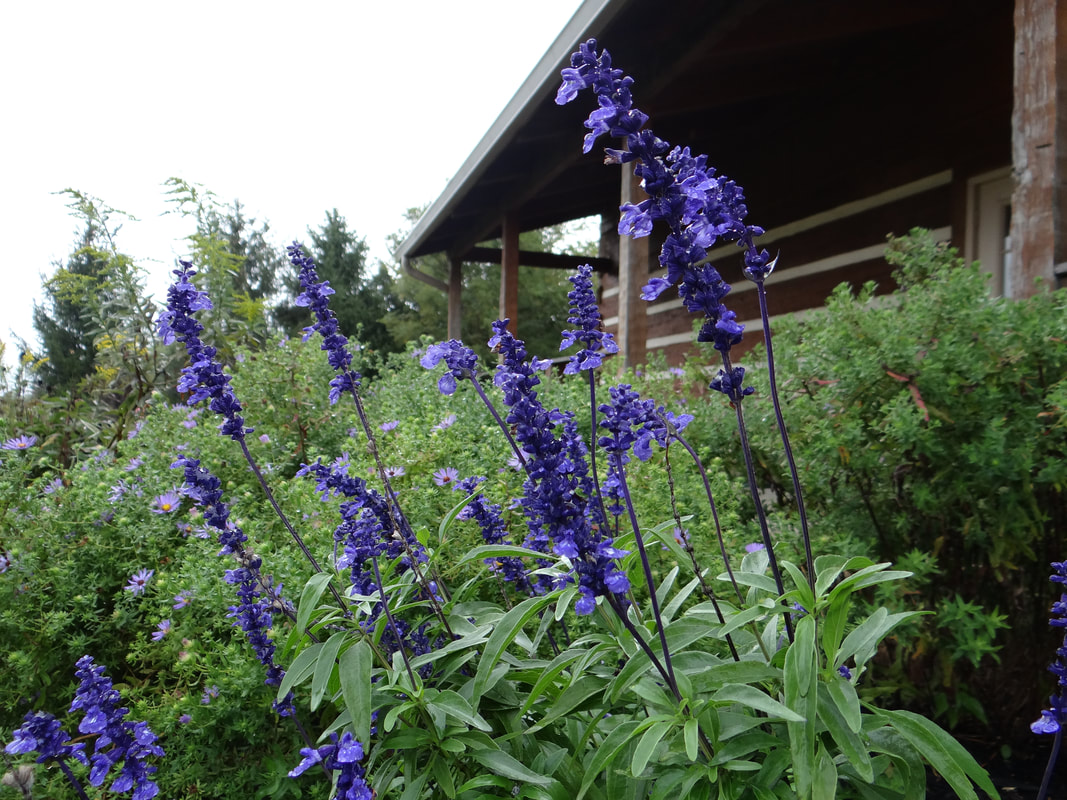|
April showers bring May flowers, and now is the time to start thinking about getting your soil tested! Getting your soil tested helps you find out what your lawn and garden needs and ensures that you are not over fertilizing or hurting your plants. Over fertilizing means you are putting more nutrients into your soil than your plant needs to survive. So instead of being used, the nutrients get carried away by runoff and cause pollution problems in lakes, streams, and even groundwater.
Did you know that the major cause of algae blooms is too many nutrients in the water? We all have a responsibility to help reduce the likelihood of harmful algal blooms in places like the Little Miami River, Caesar's Creek Lake, Landon Lake, and other ponds, lakes, and streams in our community. Before you head out to shop for your outdoor landscape this spring, consider purchasing a soil test from us here at the Soil & Water Conservation District. Or, if you have a lawn service, make sure they conduct a soil test before adding anything to your lawn. Warren Co SWCD sells soil test kits - find out more here: https://www.warrenswcd.com/soil-testing.html Some of the questions we often get are listed below: How do I take a soil sample?
What does it test for? Your soil test will determine the soil nutrient levels for pH, Phosphours (P), Potassium (K), and Magnesium (Mg). The test will also let you know if you are below optimum, optimum, or above optimum for each of these nutrients. You will also get information on Calcium and the Cationic Exchange Capacity (CEC). Soils with a high CEC will remain fertile over a longer period of time, requiring fewer fertilizer applications. Soil pH will determine the way nutrients are made available to the plants. Why doesn't it test for Nitrogen? Nitrogen moves quickly through the soil, and some forms dissolve easily in water and are carried away with runoff. By the time your soil sample reaches the lab and they analyze it, the level of nitrogen is no longer what it was when you took the sample so the reported number would not be accurate. However, you will receive information on nutrient needs for Nitrogen, Phosphate, and Potassium based on your test results. Why should I test for organic matter? Generally, soil is made up of 45% minerals (rocks), 25% water, 25% air and 5% organic matter. The organic matter is the decomposing plant and animal material inside your soil and will range anywhere from 1-6% of the soil composition. Organic matter is very important to plant nutrition. Organic matter results in less soil compaction, allowing more air to pass through and increased water storage. Recommendations:
When will I receive my test results? You will receive an email with your results within 10 days after your sample is received by the lab. Without an email address, the results may take slightly longer by mail. What do I do once I receive the results? Your soil test report from MSU will provide you with recommendations on nutrient needs and fertilizer options based on your test results. Make sure you provide the lab with as much information about the test area as you can so they can provide more specific options. You can also go to their website: http://www.msusoiltest.com/understand-your-soil-test/ and type in your soil test details to receive a specific fertilizer ratio for N, P, and K. Do I need to fertilize? Not necessarily. One of the best fertilizers for your soil is compost! And once you have a container, it is free to make. You can also leave your grass clippings on your lawn after you mow to provide your grass with a ready source of fertilizer and help keep moisture on your lawn. Give us a call at the OSU Extension office: 513-695-1853 or Soil and Water Conservation District at 513-695-1337 for more assistance. Happy Spring! Information for this blog post was provided by Michigan State University Extension, the Ohio State University Extension and Hamilton County Soil and Water Conservation District.
25 Comments
12/2/2020 07:11:05 am
It is a great blog post.I am always read your blog helpful and informative tips. I like it thanks for sharing this information with us
Reply
1/20/2021 11:25:09 pm
Live soil is king. Worms, fungi and aerobic bacteria metabolize organic compounds into soluble nutrients that plants can use readily. Not to say that commercial fertilizer doesn't work good but over time the soil dies. I prefer organic over chemical fertilizer.
Reply
2/11/2021 11:10:00 am
I've been giving my garden plenty of water and sunlight, but it still doesn't seem to grow food. It makes sense that there might be something wrong with the soil! I can see how a soil test could help me figure out what needs to be added to it.
Reply
2/16/2021 07:40:26 am
This article provides details about conservation connection a blog, test your soil for a healthy lawn and garden. This blog happens to be one of the best blog, which give proper details about it. I enjoyed reading this blog and would suggest others too, and you would get to read about it in this link.Well, I have visited another site Urbanturfsolutions.co.nz having some wonderful and similar information.
Reply
5/7/2021 05:44:51 am
The general principles of the test are applicable anywhere, but the specifics will differ.
Reply
6/26/2021 02:20:11 pm
" This is such an interesting blog to read. The fact that it is an informative one it will add up additional knowledge to us. I personally love how you put passion in this article. I just love the importance of choosing a healthy soil in gardening.
Reply
9/7/2021 03:07:27 pm
It's good to know that you shouldn't over-fertilize your garden. My husband and I recently moved into our very first home a couple of weeks ago, and we want to look into starting a garden in the front yard. I'll make sure to keep these tips in mind once we get fertilizer and other gardening supplies for our garden!
Reply
I never took into account the fact that harmful algae blooms should be prevented since they grow when there are too many nutrients in the water. I guess I need to hire professionals for testing for soil in our backyard. It's to ensure that we don't have those types of algae when I start to have vegetables growing since I want to have my own supply of greenery.
Reply
6/23/2022 03:47:55 am
It got me when you mentioned that test soil allows you to know if you are below or above optimum. My mother should take the test since she's planning to add topsoil in our lawn. I should advise her to look for a topsoil service for proper installation.
Reply
6/27/2022 03:32:20 pm
Thank you for sharing these tests, and tips.
Reply
10/11/2022 05:17:44 pm
I will be sure to share your awesome tips with our staff.I appreciate you sharing.
Reply
10/11/2022 05:45:24 pm
We often see people over fertilizing. You don't need that much to be effective.
Reply
1/17/2023 03:20:20 pm
Thanks for sharing the information it’s really helpful and informative
Reply
1/17/2023 04:14:44 pm
Nice article! thanks for sharing the post!
Reply
1/27/2023 10:24:04 am
If you're not a soil expert, getting your soil tested is the best way to find out what nutrients your lawn and garden need. Over-fertilizing can be just as harmful as not fertilizing at all, so it's important to get the balance right. By getting your soil tested, you can be sure that you're not harming your plants and that you're giving them the best chance to thrive.
Reply
1/31/2023 12:04:14 pm
Thanks for sharing this wonderful post!
Reply
3/5/2023 08:36:30 pm
Thank you for mentioning that there are too many nutrients in the water, which is the main cause of algae blooms. My mother has begun preparing the house's balcony for planting. I'll advise her to get the tree spades to obtain the necessary tools.
Reply
4/13/2023 10:46:39 pm
First I want to appreciate your efforts for giving valuable information. I am Glad you talked about this. I’m running a<a href=" hellospest.com/
Reply
4/14/2023 10:17:04 am
It really helped when you explained that the soil testing process will tell the nutrient levels for the pH, phosphorous, potassium, and magnesium. I should probably get this type of test for my backyard so that I can have an idea if I can get vegetables and herbs growing on my property. It will help be achieve a healthier lifestyle if I have access to food items that are full of nutrients, especially at my age right now.
Reply
4/17/2023 06:26:46 am
Testing my soil was one of the best decisions I have ever made. Everyone who is into the idea of gardening and whatnot should look into the idea of testing the soil.
Reply
5/23/2023 04:52:14 am
Many people completely ignore that soil can be tested as well. And, of course, a healthy lawn can only be derived from healthy soil.
Reply
6/10/2023 05:57:15 am
This is an exceptional article! Please keep sharing valuable and informative content like this. If you require professional services, make sure to explore your options thoroughly.
Reply
11/13/2023 03:30:17 pm
"Thanks for this interesting article you shared.
Reply
4/8/2024 10:54:39 am
Thank you for all of your help. Your carrier became superb and really FAST. Many thank you for you type and green carrier. I even have already and could clearly hold to advise your offerings to others withinside the future.
Reply
Leave a Reply. |
Details
Warren County SWCD Staff BlogA blog to keep you informed on all the latest news at Warren County SWCD and in the conservation world. Archives
March 2024
Categories
All
|
|
|
Contact:PHONE: (513) 695 - 1337
EMAIL: wcswcd@gmail.com HOURS: Monday - Friday 7:30am - 4:00pm (except holidays) Connect:Warren County Soil & Water Conservation District Copyright © 2016
Warren SWCD Privacy Notice. Emails are serviced by Constant Contact. Constant Contact's Privacy Notice. |

